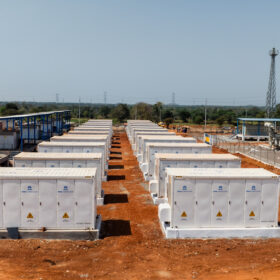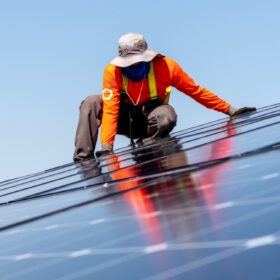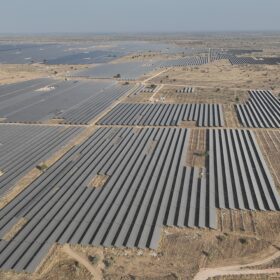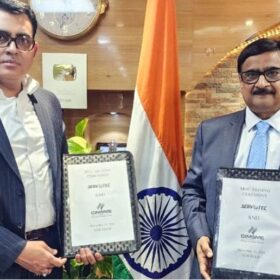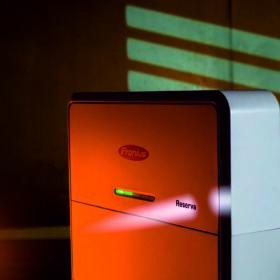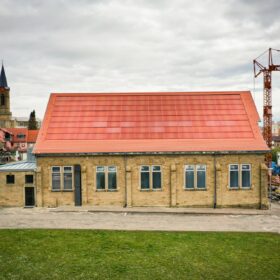India must aim for 600 GW of clean energy capacity by 2030: CEEW
A CEEW study says that if India’s power demand were to continue to outpace current projections, the nation must target 600 GW of non-fossil capacity by 2030 to meet the demand most reliably and affordably.
Successful solar companies sell more than solar
The move toward electrifying everything is a business opportunity, and many residential solar companies have been creative in adding solar to places other than home rooftops
Solar manufacturing in India: Paving the way for a self-reliant renewable future
As India advances toward its Vision 2047 goals, solar module and cell manufacturing must be at the heart of the renewable energy strategy. While policy interventions like ALMM and production-linked incentives have laid a strong foundation, the next phase requires intensifying domestic raw material manufacturing and supply chains, scaling solar cell production with novel technologies, developing a skilled workforce to support advanced manufacturing, and elevating export competitiveness through quality certifications and trade agreements.
India’s annual solar additions could double to 30 GW in FY 2025, says SBICAPS report
The annual solar additions are projected to further improve to 42 GW in FY 2026 and 46 GW in FY 2027, with residential rooftop segment driving expansion.
India installed 3.2 GW of rooftop solar in 2024, says Mercom
Rooftop solar additions of 1.3 GW in Q4 2024 surpassed all previous quarterly installations.
Servotech, CIMSME collaborate to drive rooftop solar adoption under PM Surya Ghar Yojana
The collaboration aims to install 100,000 solar rooftop systems in homes by 2026 in support of the PM Surya Ghar Muft Bijli Yojana.
Mitigating risks in new PV technologies
The solar energy industry continues to push the boundaries of efficiency and reliability. However, as innovative photovoltaic cell and module technologies emerge, they also bring a new set of challenges in durability and performance. A new report from IEA PVPS Task 13, titled “Degradation and Failure Modes in New Photovoltaic Cell and Module Technologies,” offers a comprehensive analysis of degradation and failure mechanisms in current photovoltaic technologies.
Fronius introduces 15.8 kWh lithium iron phosphate battery for rooftop PV
The Austrian manufacturer has launched its first battery system using LFP cells. A total of up to four units can be connected in parallel for a capacity of 63 kWh.
Colored modules for building-integrated photovoltaics
Taking inspiration from the 3D photonic structures on a Morpho butterfly’s shimmering blue wings, scientists at Germany’s Fraunhofer Institute for Solar Energy Systems ISE have developed colored solar panels that can be incorporated into a building’s exterior practically invisibly while maintaining high efficiency.
India needs $300 billion to meet 2032 renewable energy target
Achieving the National Electricity Plan (NEP-14) targets would require annual financing for renewable energy, storage and transmission to grow by 20% each year, reaching $68 billion by 2032 from $13.3 billion in FY 2024, says a new report from Ember.
